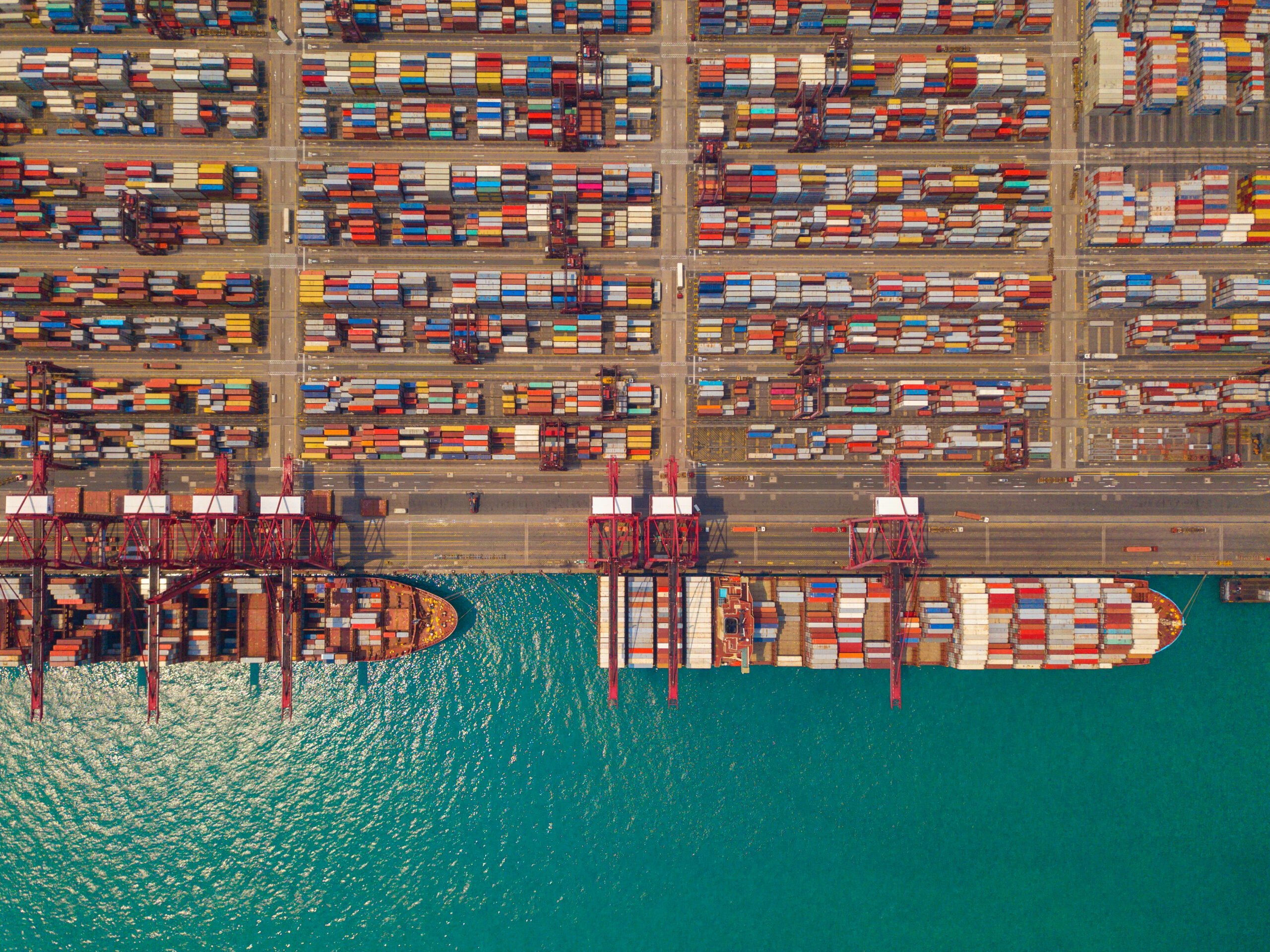If your favorite hiking trail in Washington or beachside brunch spot in California suddenly feels quieter than usual, you might be missing your northern neighbors. Canadian travel to the U.S. is taking a sharp downturn—and the West Coast is feeling the brunt of it.
The Canada-U.S. Chill Factor
A stormy mix of geopolitical tension and economic retaliation is souring travel between Canada and the United States. Prime Minister Justin Trudeau’s February 2025 speech to Parliament captured the moment: amid growing anti-Canada rhetoric from U.S. political figures, a tariff standoff, and reports of Canadian travelers being detained by U.S. immigration authorities, Trudeau urged Canadians to vacation at home.
“There are many ways for you to do your part,” he said. “It might mean changing your summer vacation plans to stay here in Canada”.
Canadians seem to be listening.
Border Crossings Are Down—Way Down
Data from U.S. Customs and Border Protection shows nearly 500,000 fewer Canadian land crossings into the U.S. in February compared to the same month in 2024. Washington State, which sees more than 2.3 million B.C. vehicles cross the border annually, is especially impacted. In March alone, just over 121,000 vehicles with B.C. plates crossed into Washington—down nearly 44% from 216,000 the year prior.
Flights Are Getting Cut, Too
It's not just road trips that are disappearing. Airlines are pulling back in a big way. Between early and late March 2025, more than 320,000 seats were removed from schedules between Canada and the U.S., according to travel data provider OAG. The biggest cuts are coming during July and August, peak travel months for West Coast tourism.
Air Canada, WestJet, and United Airlines have all made cuts, citing waning demand.
Advance Bookings Are Way Down
The real red flag? Future bookings.
OAG data reveals that forward bookings between Canada and the U.S. for summer 2025 are down by more than 70% compared to the same time last year. That’s not just a slowdown—it’s a full-on freeze. Even with airlines cutting back, traveler hesitancy is the bigger issue. The uncertainty around U.S.–Canada relations appears to be keeping Canadians from locking in plans.
West Coast Short-Term Rentals Are Feeling It
Fewer flights and road trips mean fewer vacation stays—and short-term rentals are already seeing the fallout. In March 2025, Canadian stays in U.S. short-term rentals dropped by 10.3% compared to the same month last year, according to AirDNA. Canadians typically make up about 2.6% of all U.S. short-term rental bookings. But their presence is much higher in certain West Coast destinations.
Los Angeles: 4.1% of Canadian stays
Seattle: 3.5%
Coachella Valley (Palm Springs, etc.): 1.8%
Where the Drop Hurts Most
Some local economies are especially dependent on Canadian tourists. In Bellingham, Washington, 11.8% of short-term rental bookings come from Canadians. In Spokane, it’s 6.6%, matching the rate in Palm Springs and surrounding areas. The impact is already showing up on hotel balance sheets. Bellingham’s Heliotrope Hotel has seen a 30% drop in sales, while the Holiday Inn & Suites is reporting a 28% revenue hit for Q1 2025.
What Comes Next?
At CVL Economics, we view shifts in travel behavior as opportunities to strengthen the broader economic foundation. With Canadian visitation slowing, many communities in California and Washington are feeling the immediate impact in their tourism sectors. But this moment also presents a chance to take a wider view—exploring how to diversify the local economic base and build long-term resilience. We work alongside public agencies, tourism leaders, and community stakeholders to understand changing dynamics and co-create strategies that balance near-term needs with sustainable, multi-sector growth.
RELATED CONTENT



